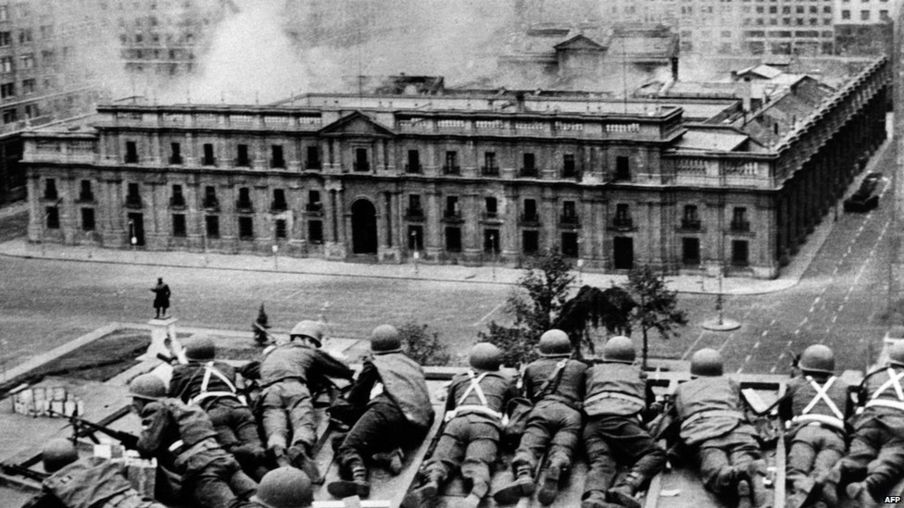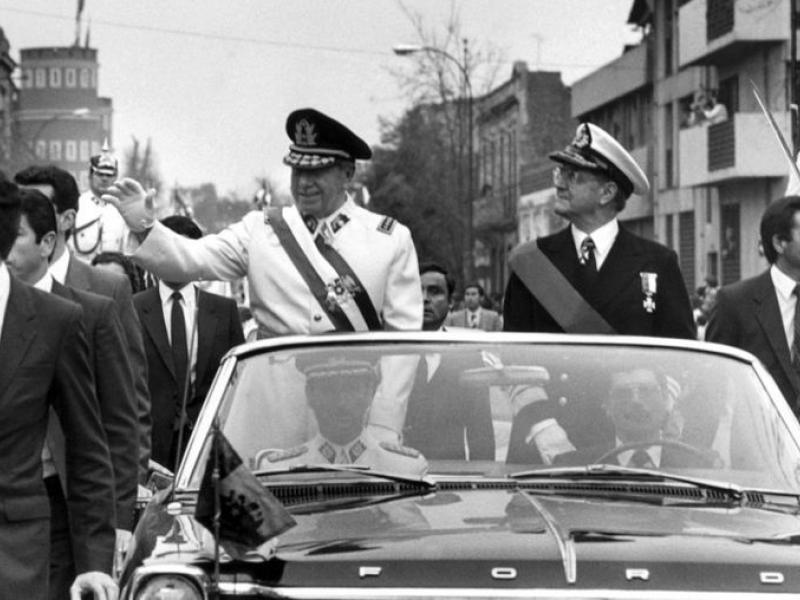"September 11 evokes tragic memories in the U.S. due to the terrorist attacks in 2001. Far south in the Americas in Chile, the date is associated with a different tragedy. In September 11, 1973, a bloody military coup interrupted one of the longest running democracies in the world. That day, the Palacio de la Moneda (the Presidential Office) was bombed, the democratically elected President Salvador Allende died, and General Augusto Pinochet inaugurated an authoritarian regime that would last until 1990. With this coup, Chile joined the majority of Latin American countries in the 1970s in rule by an authoritarian regime.

La Moneda (Presidential Palace) under attack during the military coup. Source: AFP in BBC 2013 Often, analysis of the causes and effects of military coups are focuses on macro factors such as economic, political, international conditions that favor the collapse of democracy. The literature rarely touches public opinion trends in these contexts. The Roper Center's collection of historical Latin American polling provides an invaluable resource for facilitating new insights about the political environments leading to military coups. In the case of Chile, the Roper Center holds more than forty public opinion surveys from 1956 to 1973. These datasets offer information on individual voting preferences, government support, party identification, economic evaluations, ideological preferences, and many other political, cultural, and social variables. Here we present data on political ideology to show how the population identified with the political Left, Right, or Center before 1973. The intense political competition at this time saw parties on the Left, Center, and Right alternating in government and opposition until the collapse of democracy due to a right-wing military rebellion. Looking at the variation of ideology at the population level can increase our understanding about Chile in this period and about political outcomes such as regime transition, as well as raise more questions about political behavior.
Figure 1. Ideological identification of individuals in metropolitan Santiago from 1957 to 1973
